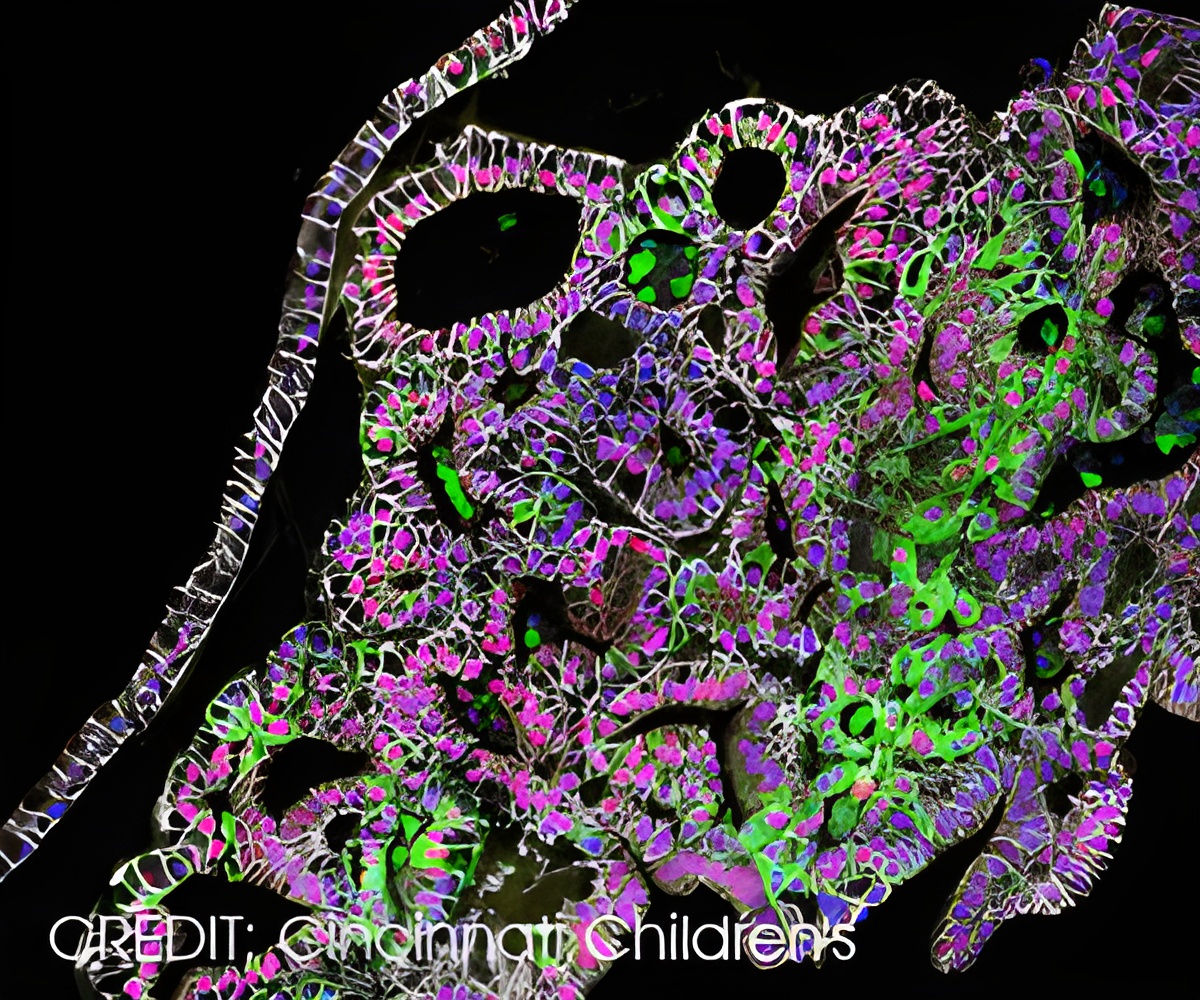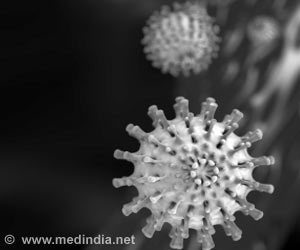Organoids can be used to screen for new drugs, to model human diseases, and might one day even serve as a possible tissue replacement source.

‘Organoids can be used to screen for new drugs, to model human diseases, and might one day even serve as a possible tissue replacement source.’





"It has been a great pleasure to coordinate Development's Special Issue on Organoids, which represents the very best scientists working in organoid research and highlights the important contributions organoid technology can make to developmental biology and stem cell research." - Prof. Melissa Little, Guest Editor.One of the exciting applications of organoid research is in the medical field. Organoids can be used to screen for new drugs, to model human diseases, and might one day even serve as a possible tissue replacement source. A pioneer in the field of intestinal organoids, Prof. Hans Clevers, discusses the translational applications of adult stem cell-derived organoids. Prof. Guo-li Ming and Prof. Hongjun Song, specialists in the neural field, discuss how brain organoids can be used to model Zika virus infection, which has recently been declared a global epidemic.
A research paper from Christine Mummery reports the generation of heart organoids that may prove useful for modelling human cardiac disease, while a new approach for modelling human heart regeneration is presented in a research article from James Hudson. Work from Linda Griffith details a new approach to increase the yield of human organoid culture, an issue that must be addressed in order to move forward into translational research.
As well as translational applications, organoid research can also offer tremendous insight into developmental biology. A poster from James Wells summarises how pluripotent stem cell-derived organoids can be used to model human development, which is otherwise difficult to study in a developing human embryo. Also featured in the Special Issue are three review articles that focus on how organoid culture can be used to understand development and regeneration. Ali Brivanlou discusses how an organoid approach can be used to study very early events in human development, Brigid Hogan provides an overview of the current uses and future promises of lung organoids, while Zev Gartner discusses how the field of engineering can contribute to a better understanding of stem cell and organoid biology.
A research article from Jenny Hsieh exemplifies how organoids can be used to study aspects of human brain development, while work from Jason Spence takes the reverse approach, using knowledge of human development to build organoids that represent different parts of the human intestinal tract. Other research articles provide advances in our understanding of kidney, retinal, blood, intestinal and mammary development.
Advertisement
Source-Eurekalert









